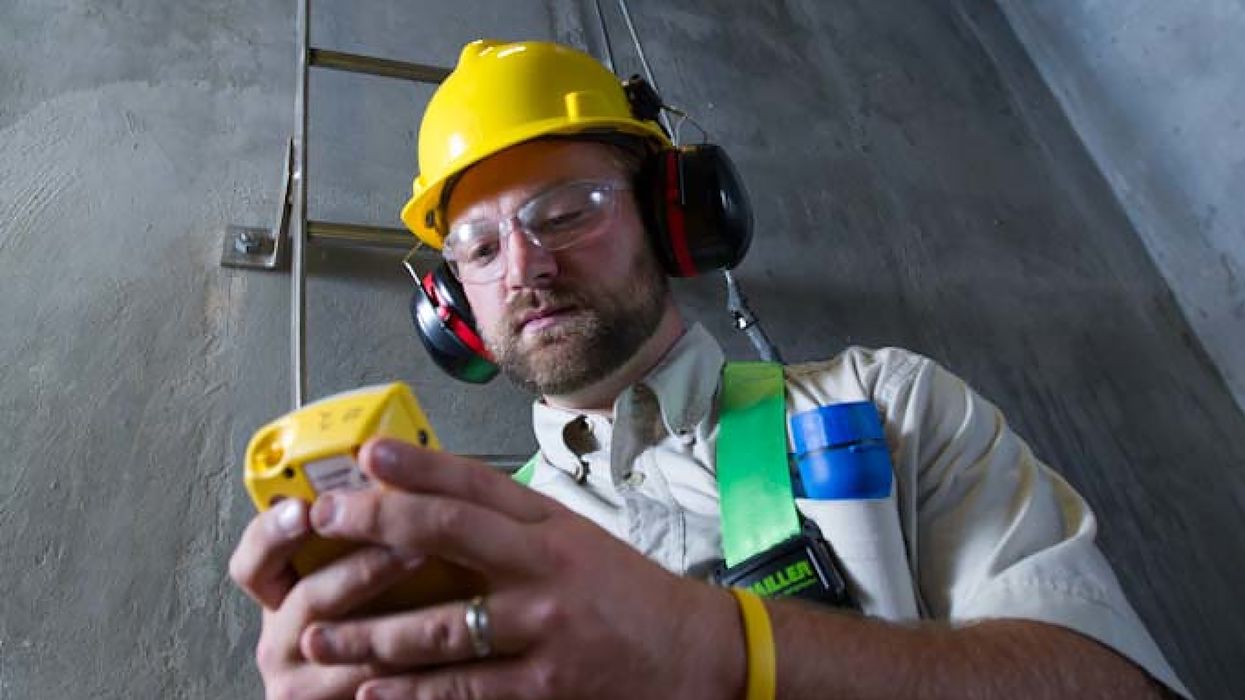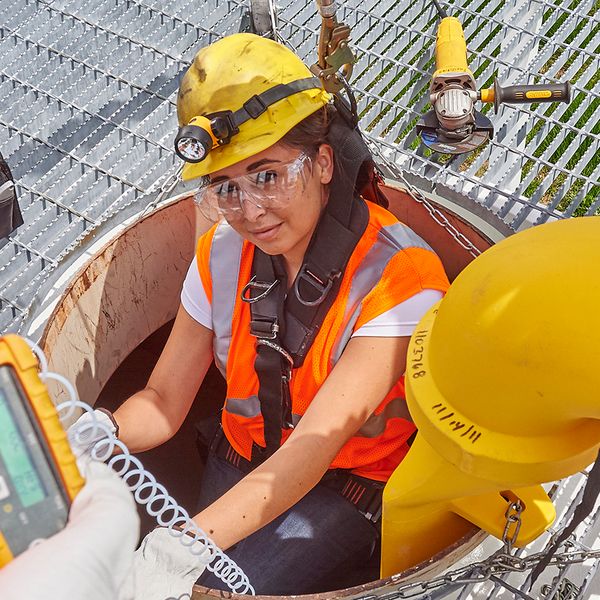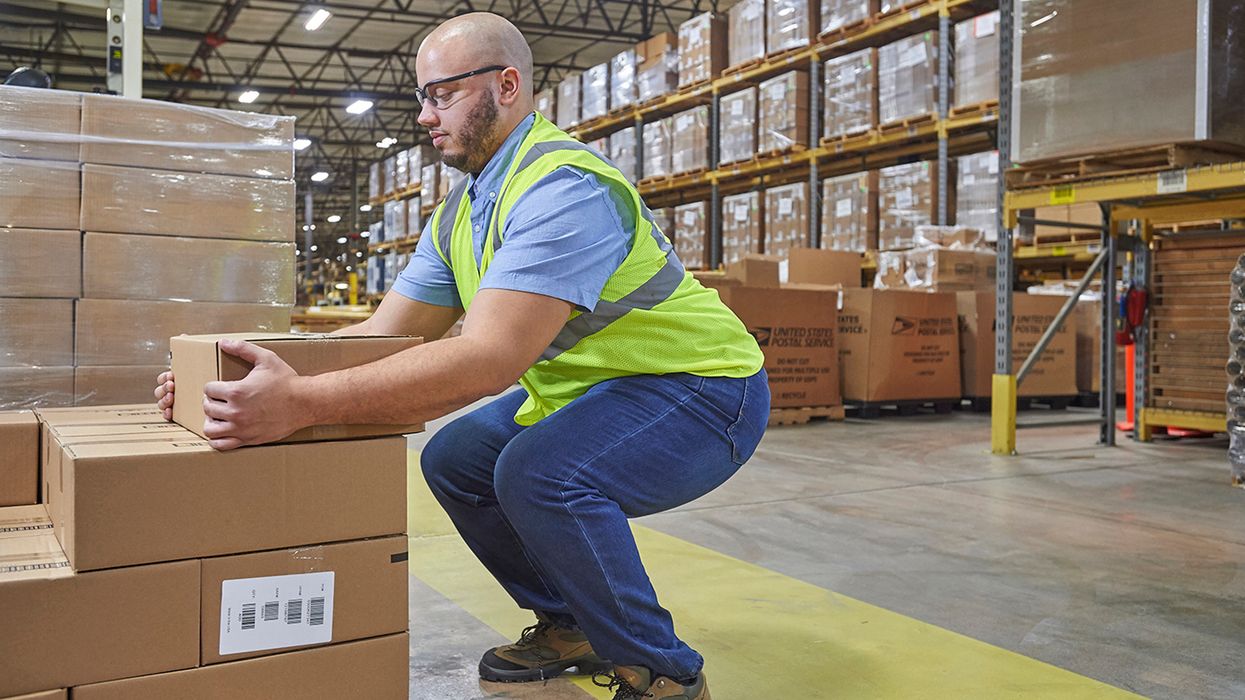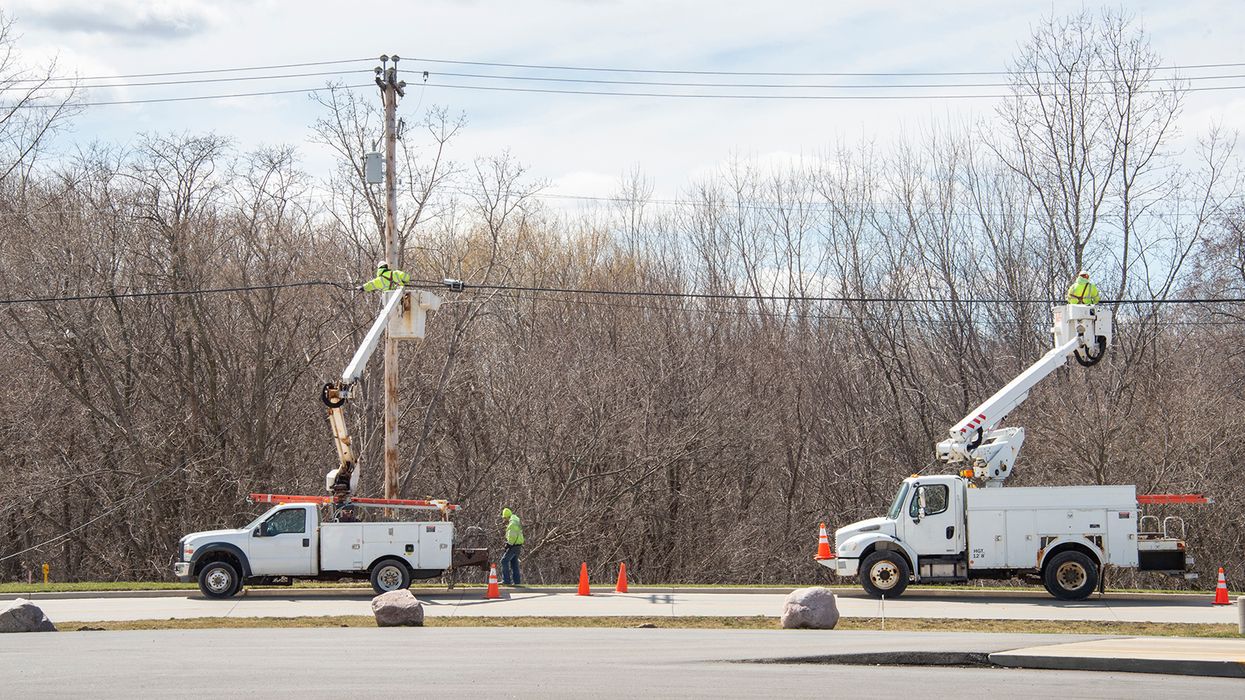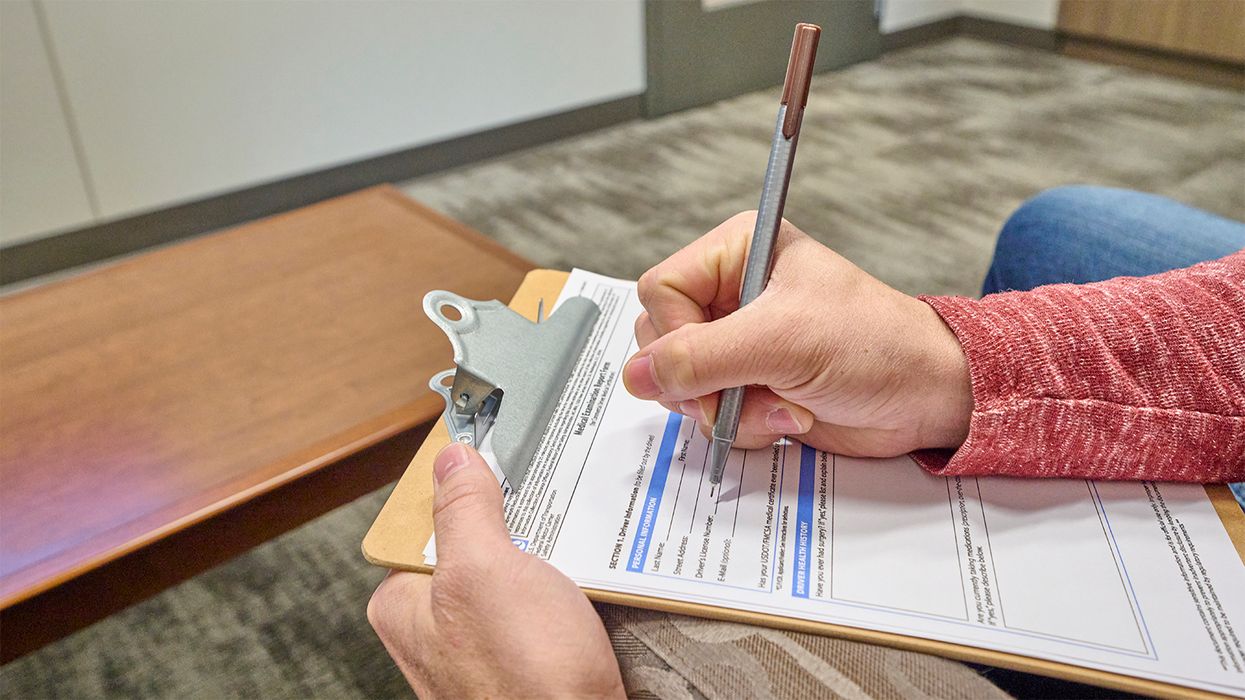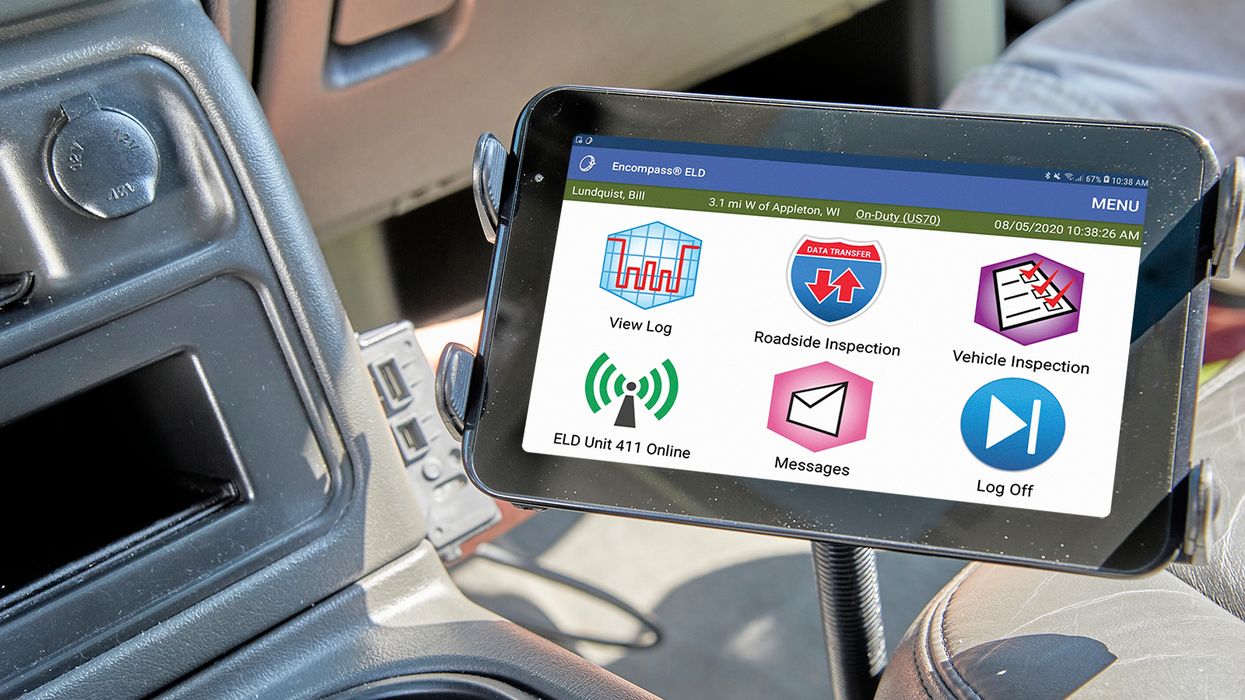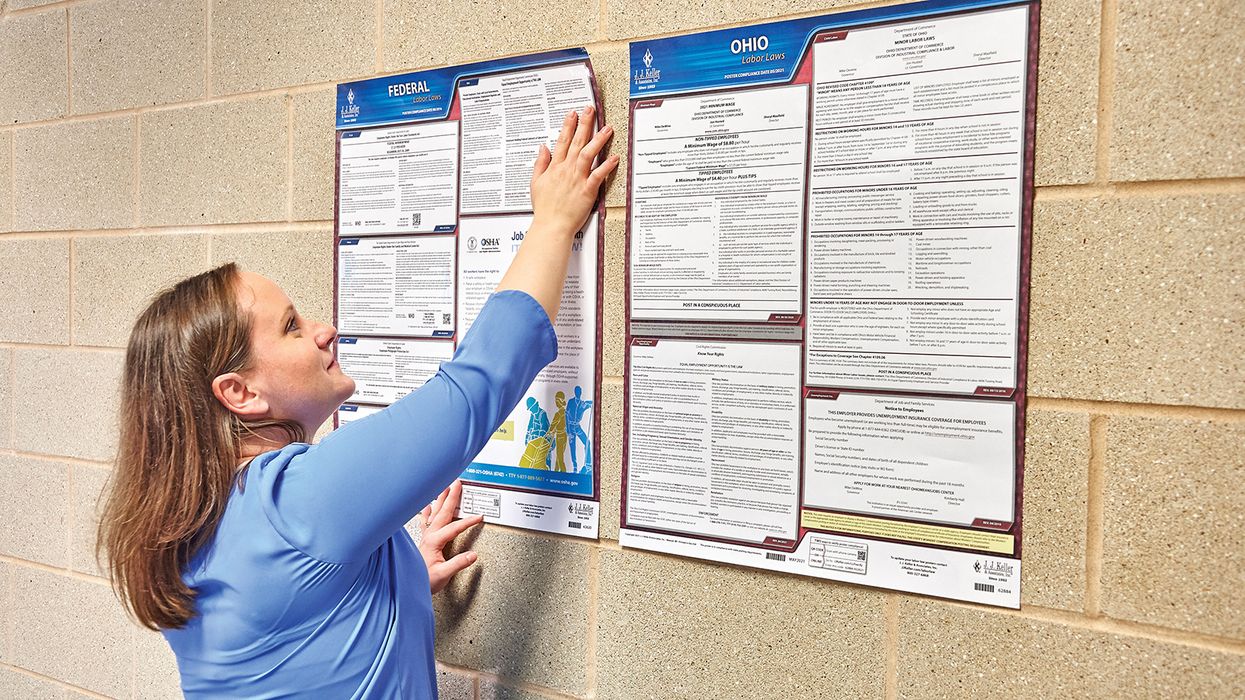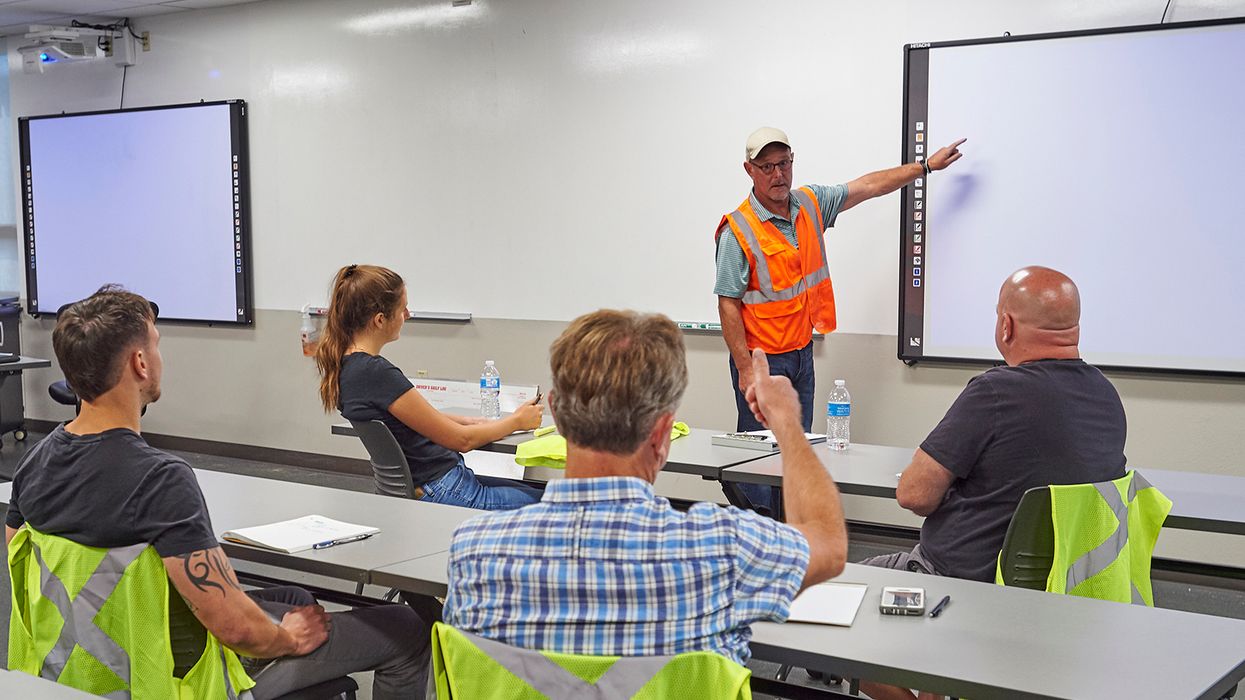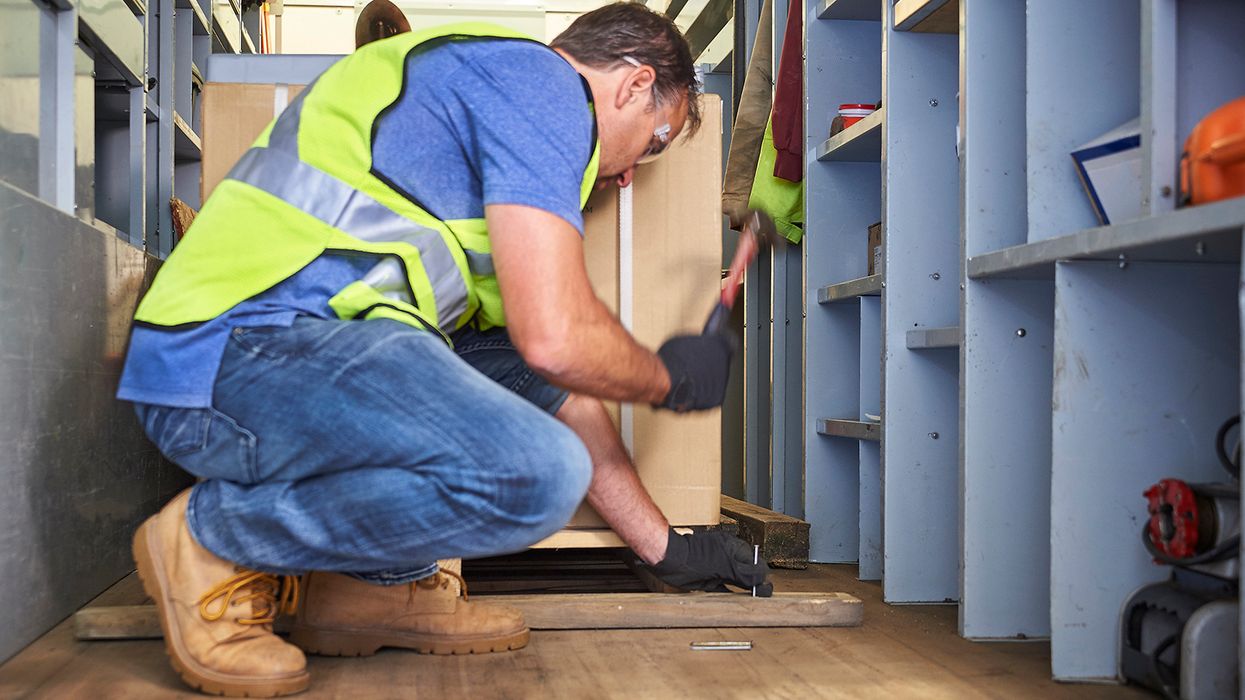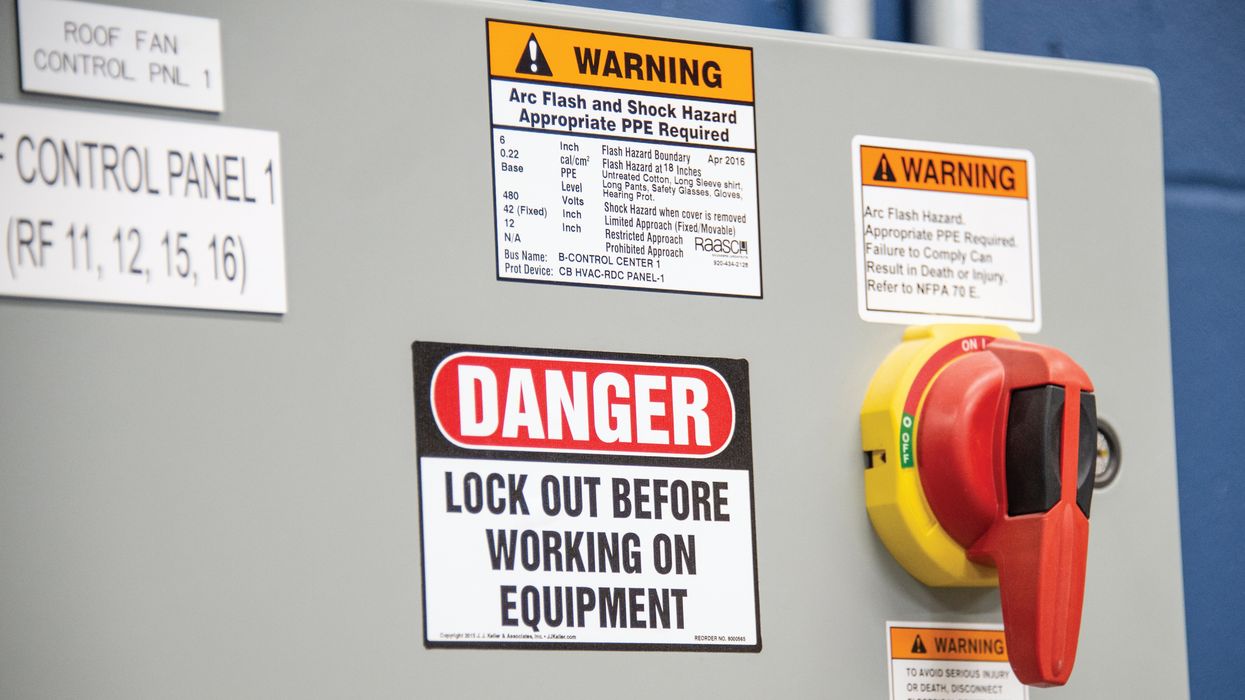4 steps to identifying confined space hazards
Got confined spaces? Understanding these four steps will help you create a safer work environment and mitigate the risks associated with confined spaces.
In a recent J. J. Keller & Associates, Inc. survey with 224 participants, “risk assessment and identifying potential hazards” was marked as the second most challenging aspect of confined spaces. It was second only behind training.
Here are four steps to help you stay safe and compliant with confined spaces.
Step 1: Identify the confined spaces
First, you’ll need to determine which areas in your workplace are considered confined spaces. Review OSHA's definition of a confined space to help you in this process. Here are a couple of ways to get started:
- Walk through inspection: Conduct a thorough walk through inspection of your workplace to identify areas that meet the criteria of a confined space. Look for spaces that have limited entry and exit points, are not designed for continuous occupancy, and may pose potential hazards. Examples of confined spaces could include storage tanks, silos, vaults, or tunnels.
- Review of work processes: Review the work processes and activities that take place in your workplace. Identify any tasks that require employees to enter or work in enclosed or partially enclosed spaces. These spaces may not be obvious at first glance but could still meet the definition of a confined space. Examples could include equipment maintenance, cleaning or repair activities, or inspections that require entry into small or enclosed areas.
Step 2: Gather information
Collect any available information about the confined space, such as previous incident reports, safety data sheets (SDS) for chemicals and substances that may be used within the space, or equipment manuals.
This information can help you identify potential hazards that may be present while work is taking place inside the confined space. Below are some examples of how you could gather this information.
- Documentation Review: Review any existing documentation related to the confined spaces in your workplace. This may include previous confined space permits or recent inspection reports. These documents can provide valuable information about the layout and hazards.
- Interviews and Consultations: Conduct interviews or consultations with employees who have experience working in or around the confined spaces. They can provide firsthand knowledge about the specific hazards, entry procedures, and any previous incidents or near misses.
Step 3: Evaluate potential hazards
Next, you can assess the confined space for potential hazards such as toxic gases, lack of oxygen, flammable substances, excessive heat or cold, mechanical hazards, and electrical hazards. Consider the specific activities that take place in the confined space and how they may contribute to the hazards. Here’s a quick reminder on testing and inspection procedures for confined spaces:
- Atmospheric Testing: Conduct atmospheric testing to evaluate the air quality inside the confined space. This involves using gas detectors or air monitoring equipment to measure the levels of oxygen, flammable gases, and toxic substances. It's important to note that the OSHA standard requires testing the atmosphere within the space using direct-reading instruments, where the results of the test are available in real-time or near real-time. Testing should be done at various levels and locations within the confined space to ensure accurate results.
- Visual Inspection: Perform a thorough visual inspection of the confined space to identify any physical hazards. This includes looking for potential sources of ignition, such as exposed electrical wiring or hot surfaces, as well as any loose or damaged materials that could pose a risk. Document any hazards identified during the visual inspection and take appropriate measures to control or eliminate them.
Step 4: Consult with experts
If you are unsure about the hazards present or need further guidance, consult with subject-matter experts or professionals who specialize in confined space safety and risk management.
Remember, you can always submit your confined space questions through our Expert Help service. Our team of industry experts will respond to your question within 24 business hours.
Key to Remember: It's important to regularly review and update your confined space hazard assessment to account for any changes in the workplace or processes.

